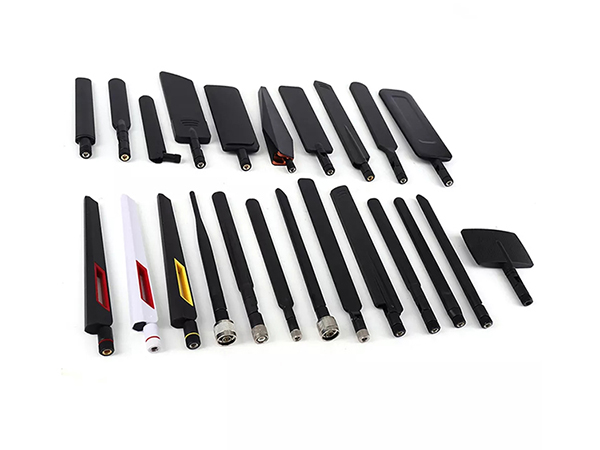I believe that many of my friends have a little or a deep understanding of 5G antennas. So what is active testing? We must first understand what is an active antenna.
Active antenna: (straight point: it is the antenna with complete components and can be used normally) The internal structure of the active antenna is complete, the antenna module, chip module, and power supply module can be powered on normally. Active. Of course, passive is the opposite, and the empty antenna board can also be called passive.
After talking about the definition of active and passive, let's return to the main point, what is active testing?
Active testing:
Test the radiation characteristics of the whole machine when the product/machine is turned on. The active test is not only to test the antenna characteristics, but also related to the entire product system. Sometimes customers will encounter the problem that the communication distance is not up to standard, and then the problem of the antenna will come to mind. This thinking can only be said to be too arbitrary, unprofessional, and unfair to the antenna factory.
Then what needs to be done to be better and more correct, first remove the antenna and check whether the conduction index of the board meets the requirements. For Wofeng communication, especially the system after LTE is extremely complex, and there are many indicators of conduction, so this requires engineers from both sides to communicate and solve it together.

Metrics:
So here we only introduce the two most important indicators of the communication system. The first indicator is to consider the transmitting part, the so-called output power. This is relatively easy to understand. Generally, it is to examine the overall matching of the board. If the entire system from the IC to the rear amplifiers, filters and other devices are well matched, the output conduction power is generally not a big problem.
The second indicator is to consider the receiving part, the so-called sensitivity. Sensitivity generally refers to the minimum received power under a certain bit error rate. This is not only related to the radio frequency system, but also closely related to the overall electromagnetic compatibility (EMC) of the board. Especially now that the board of the terminal product is getting smaller and smaller, the electromagnetic compatibility becomes more and more important.
If the overall conduction indicators of the board are debugged and OK, you can test the active radiation characteristics of the antenna. Before introducing the antenna active test, first introduce the basics of wireless system link budget (Budget). Assume that the transmitter transmit power is Pt, the transmit antenna gain is Gt, the receiver receive antenna gain is Gr, the receive power is Pr, and the distance between the transmitter and receiver is R. Then the received power of the receiver Pr=Pt*Gt*Gr*λ2/16*π2*R2. The polarization mismatch of the antenna is not considered here, and it is assumed that the transmitting antenna is facing the receiving antenna. λ2/16*π2*R2, this is the free space loss, which is an ideal situation, and the actual space transmission model is much more complicated. There are special articles on this, and those who are interested can search by themselves. Through this formula, we can roughly estimate the communication distance. Among them, the receiving power is the sensitivity of the receiver, the transmitting power is the conducted power mentioned above, λ is the working wavelength, and the antenna gain of the transmitter and receiver is generally the average gain of the antenna. Why take the average gain, because it has been said before that the position of the mobile terminal itself is not fixed, and the polarization direction is not single, so it is more appropriate for us to take the average gain. How is this average gain calculated?
Let's look at the definition of antenna efficiency, the ratio of all radiated power to input power. If free space is regarded as a port, is the concept of efficiency like the concept of two-port network gain? So we convert the efficiency into dB. This dB value is actually the value of the average gain, which is why we pay special attention to the efficiency of the antenna.